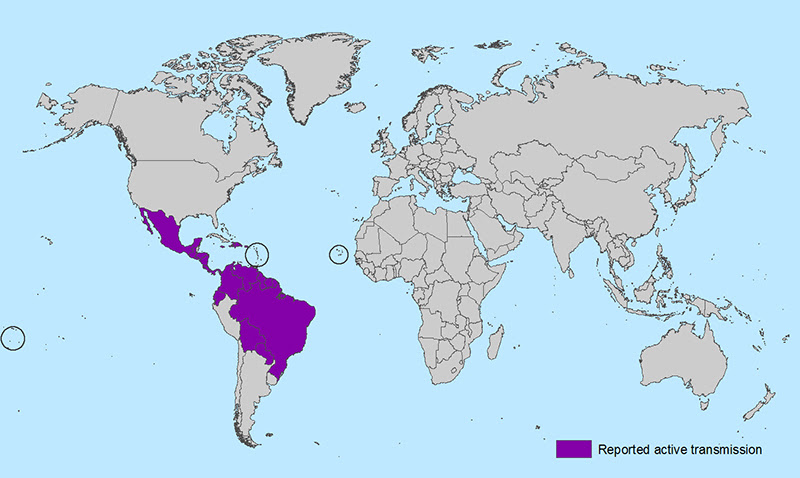
| Spotlighted Topic of the Week: World Birth Defects Day |
| CDC Zika Updates |
| In the News |
| On the Calendar |
 |
| PHOTO OF THE WEEK |
| March 3 is World Birth Defects Day. View full-sized photo |
| Blog of the Week | ||
| ||
| Infographic of the Week | ||
| ||
| Video of the Week | ||
| ||

| Story of the Week | ||
| ||
CDC Zika Updates

More resources on the CDC Zika website »
| Latest Outbreak Info |
On January 22, 2016, CDC activated itsEmergency Operations Center (EOC) to respond to outbreaks of Zika occurring in the Americas and increased reports of birth defects and Guillain-Barré syndrome in areas affected by Zika. On February 1, 2016, the World Health Organization declared a Public Health Emergency of International Concern (PHEIC) because of clusters of microcephaly and other neurological disorders in some areas affected by Zika. On February 8, 2016, CDC elevated its EOC activation to a Level 1, the highest level.
CDC is working with international public health partners and with state and local health departments to
- Alert healthcare providers and the public about Zika.
- Post travel notices and other travel-related guidance.
- Provide state health laboratories with diagnostic tests.
- Detect and report cases, which will help prevent further spread.
In the News
Disease Detectives In Brazil Go Door-To-Door To Solve Zika Mystery
NPRFebruary 25, 2016
NPRFebruary 25, 2016
US impressed by successes recorded on health programmes it supports
Daily NewsFebruary 24, 2016
Daily NewsFebruary 24, 2016
CDC Arrives In Brazil To Investigate Zika Outbreak
NPRFebruary 24, 2016
NPRFebruary 24, 2016
CDC Team Kicks off Zika Study in Brazil Focused on Zika
ABC NewsFebruary 22, 2016
ABC NewsFebruary 22, 2016
How a tiny mosquito became one of the world’s ‘most efficient killers’
The Washington PostFebruary 19, 2016
The Washington PostFebruary 19, 2016
On the Calendar
March 3: World Birth Defects Day
March 8: International Women's Day
March 24: World TB Day





































No hay comentarios:
Publicar un comentario